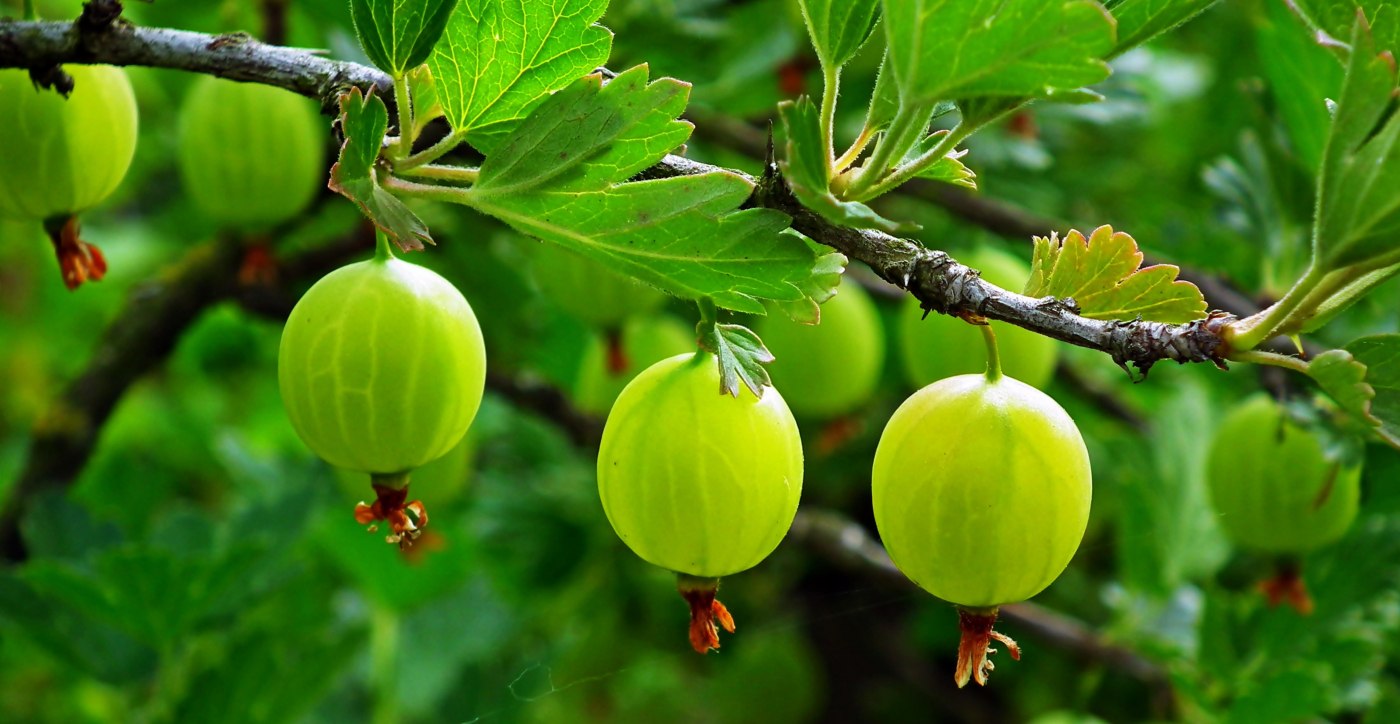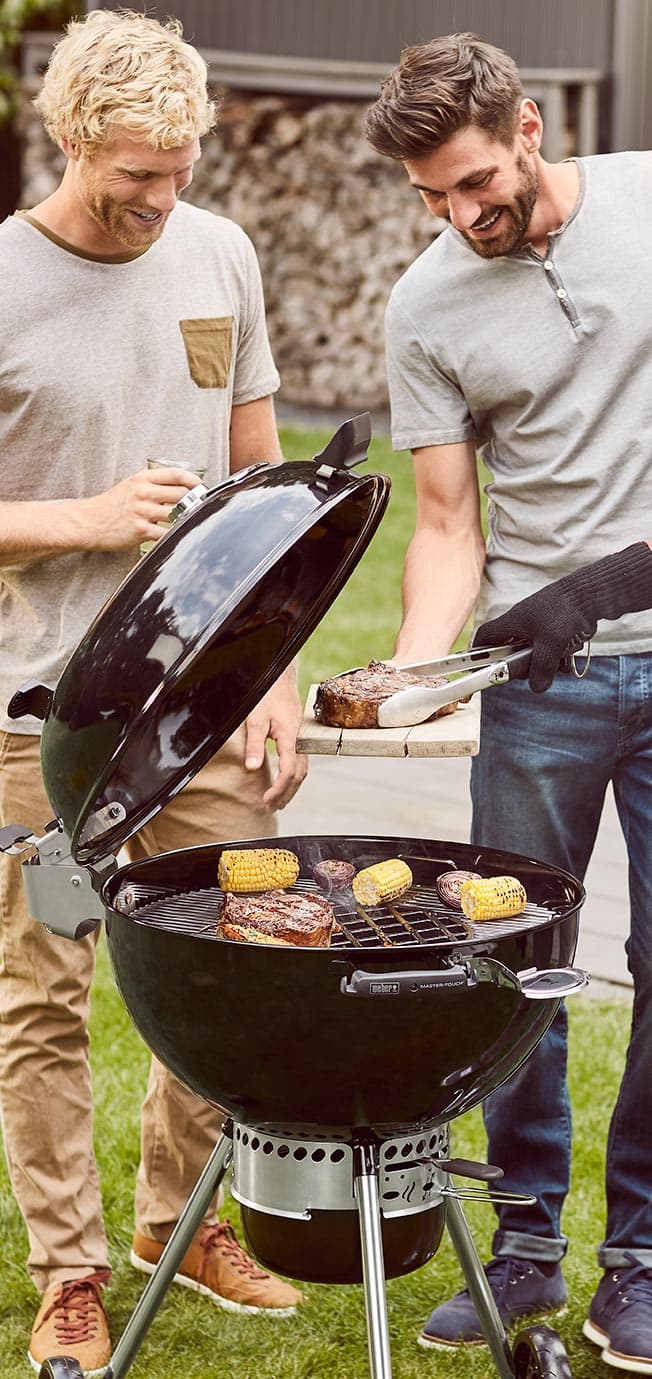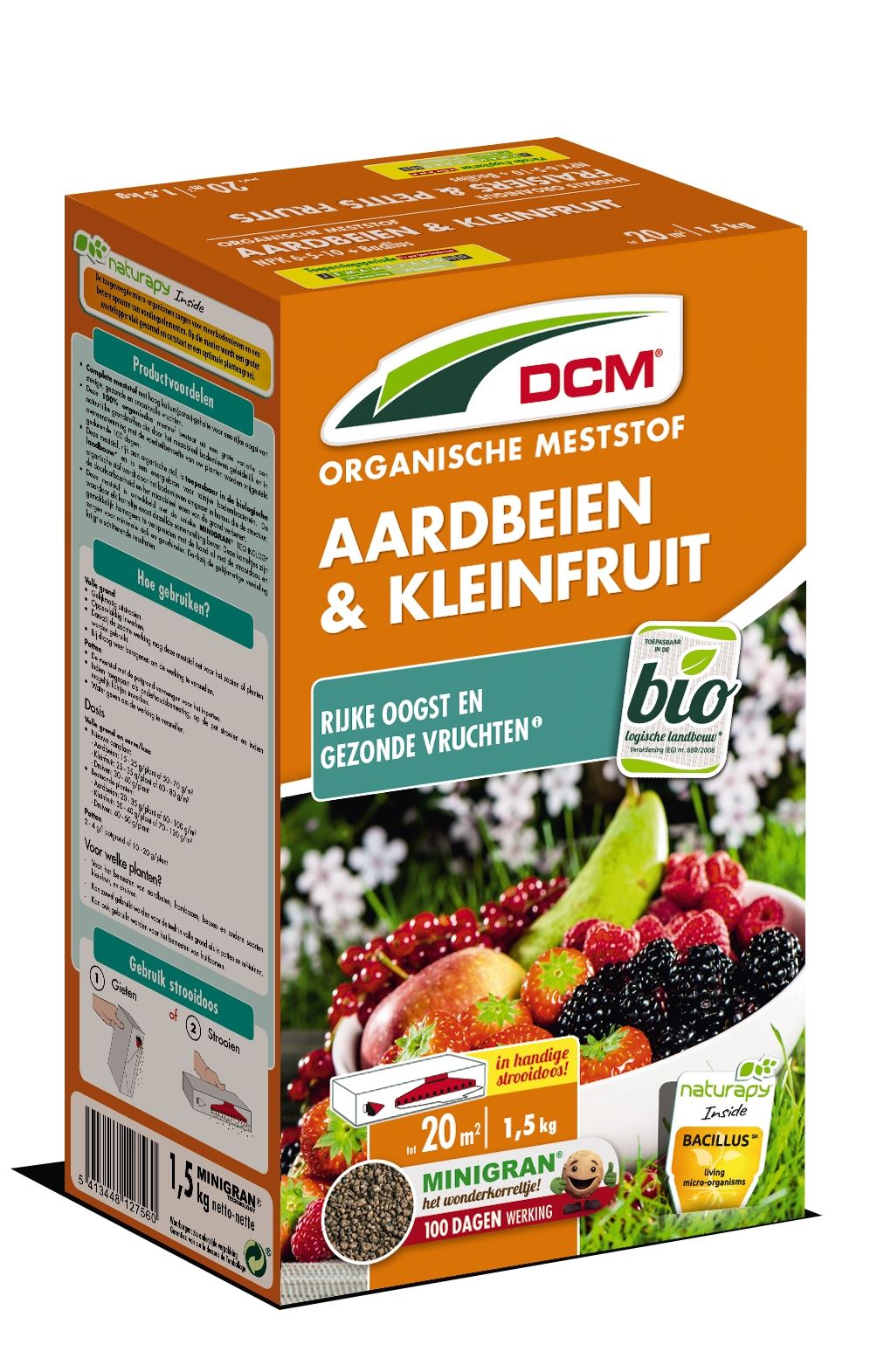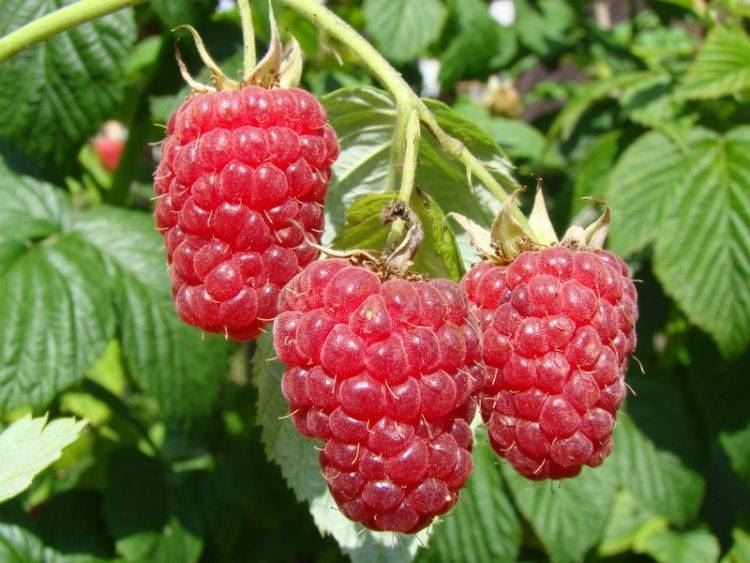
Small but nice: Growing small fruit yourself!
Small fruits are all kinds of fruits that grow in bush form or low to the ground. Their fruits are not only small taste bombs but also very healthy. They taste even better when they come from your own garden. Do you have no experience with growing fruit? Then woody berries (raspberries, blackberries, gooseberries) are ideal to start with. These varieties are easy to prune and produce berries early.
You can buy potted berries all year round. However, the largest range is available in early spring. Most people plant in April, but it is best to plant potted berries as early as possible. Smallfruits can also perfectly withstand freezing temperatures. We therefore advise you not to wait too long and to plant in March.
Would you rather buy the small fruit with the bare root? This is mainly done in autumn. However, we only recommend this if you need very large quantities. Bare-root small fruits are best planted within 48 hours after purchase to prevent the roots from drying out. Meanwhile do not store them in a sunny or windy place. In autumn the soil is still moist and relatively warm. The plant will therefore quickly form new roots. Water the shrub sufficiently afterwards. Do not plant the berries when it is freezing!
TYPES
- Bilberry/blue cranberry (Vaccinium corymbosum)
These little blueberries are a bomb of antioxidants.
- Blackcurrant/Black currant/Black huckleberry/Cassis berry/Black juniper (Ribes nigrum 'Ben Sarek')
Berries with a high vitamin C content.
- Redcurrant/red huckleberry/red currant (Ribesrubrum 'Jonckheer van Tets')
A red berry from nature.
- White currant/white huckleberry/white redcurrant (Ribesrubrum 'Blanka')
These white gems taste sweeter than their red counterparts.
- Yellow gooseberry/yellow gooseberry (Ribes uva-crispa'Hinnonmaki')
These berries have a sweet and sour flavour.
- Red gooseberry/red gooseberry (Ribes uva-crispa'Hinnonmaki')
Red variant of the gooseberry, and easy to grow in a small garden.
- Goji berry (Lycium barbarum 'Shanghai Express')
These power berries are rich in antioxidants and vitamins.
- Jostaberry (Ribes nidigrolaria)
Tastes like blackcurrant but just a bit sweeter.
- Summer raspberry (Rubus ideaus 'Tulameen')
Aromatic raspberries harvested in summer.
- Autumn red raspberry (Rubus ideaus'Autumn Bliss')
Raspberries with a fresh taste which can be picked in autumn.
- Yellow autumn raspberry (Rubus ideaus 'Golden Everest')
Yellow-coloured raspberries that are sweeter than the red variety.
- Kiwiberry (Actinidia arguta 'Issai')
This healthy green fruit can be eaten with its skin.
- Thornless blackberry (Rubus fruticosus 'Navaho')
Thornless version of the classic and prickly blackberry.
- Grape (Vitis vinifera 'Muscat Bleu')
Loose bunches of firm grapes with a muscat flavour.
SUMMARY TABLE
Choose the soil and location for your berries wisely. Here is an overview to get you started.
| Type of small fruit | Soil | Location | Harvest | Pruning |
|---|---|---|---|---|
| Blueberry | acid, humus-rich and moisture-retaining | sun or light semi-shade | July-September | November-February |
| Blackcurrant | slightly moist and nutrient-rich | sun | July | annually after harvest (July) |
| Red and white huckleberry | good water management | sun or semi-shade | June-August | 1 or 2/year. Winter or summer (end of May/beginning of July) |
| Red and yellow gooseberry | dry to slightly damp | sun or semi-shade | June-July | February-March |
| Goji berry | well permeable | sun and shade | August-October | February-March |
| Jostaberry | humus-rich and slightly acidic | sun or semi-shade | July-August | Thin out annually, little pruning |
| Summer raspberry | permeable and slightly acidic | sun or semi-shade | June-July | mid-July-half-August |
| Red and Yellow Autumn Raspberry | permeable and slightly acidic | sun or semi-shade | August-October | prune in December, thin out in the spring |
| Kiwiberry | well permeable and humus-rich | zon | September-October | January |
| Thornless blackberry | light acid | sun or semi-shade with shelter | August-September | September-October (after harvest) |
| Grape | fertile, humus-rich and water-retaining | sun (south or east wall) | mid-September |
annual. Winter: January-February or summer
|
*Humus-rich soil: soil in which a large part of the organic substances decompose slowly and have not yet been digested. This promotes the growth of the plant.
More tips for growing berries? 👇
More info? Receive all our gardening tips directly in your mailbox!
We'll only email you handy facts, green advice and our best promotions & discounts. You'll receive it about once a week and you can unsubscribe at any time. No spam, promise 🤞


















